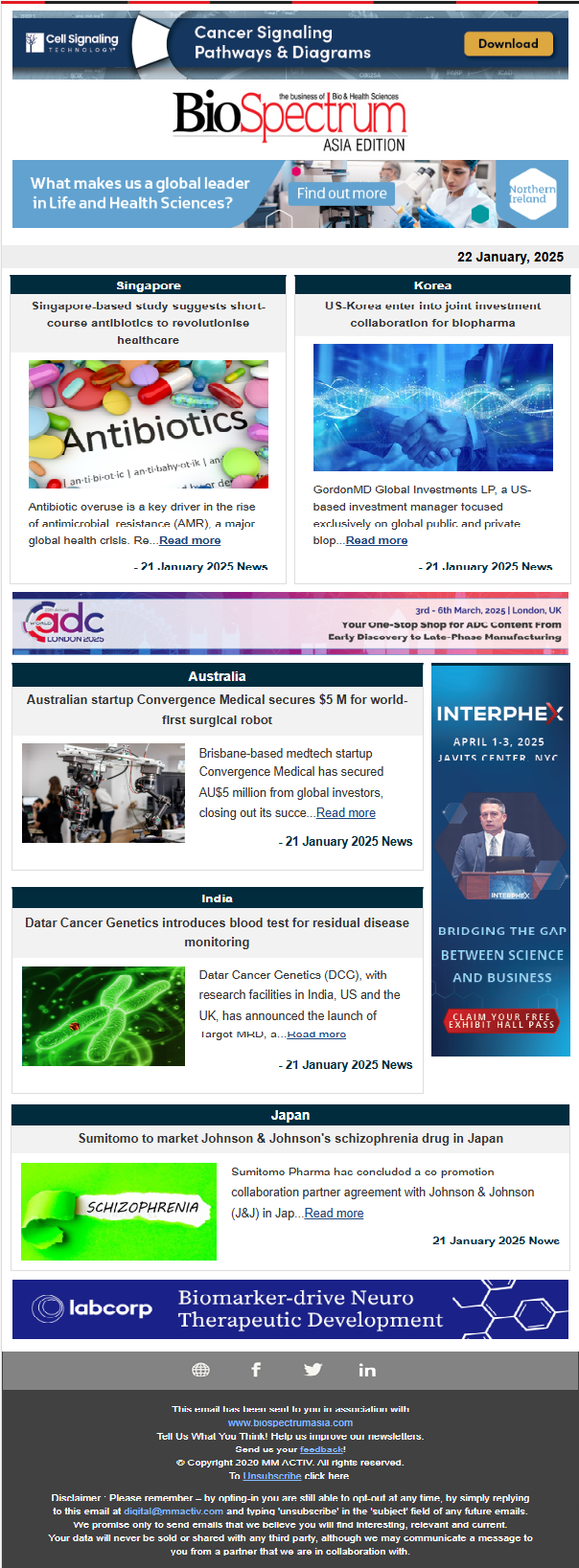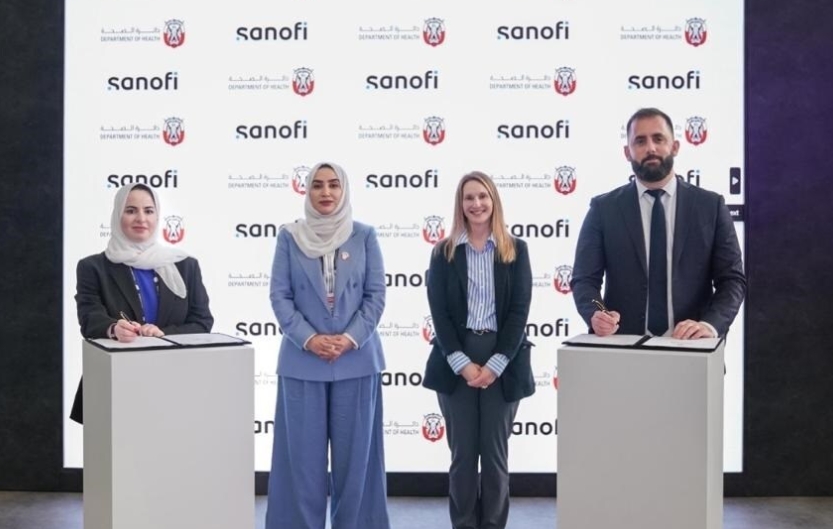
Global Information report: Molecular diagnostics, regenerative medicine and flow cytometry to exceed $10.7 billion, $4.4 billion and $2.3 billion by 2018 respectively
Singapore: Global Information (GII), an information service company, predicted that the global market for molecular diagnostics is forecast to exceed $10.7 billion by 2018.
Recent advancements in molecular diagnostics include a shift towards near-patient testing practices, increasing number of innovative biomarkers and an increased effort for clinically validating tests. In addition, the market is experiencing increasing competition, modifications in the regulatory environment, an improved role of personalized medicine, as well as consolidation within the area of molecular diagnostics.
Major players in the global marketplace include Abbott Laboratories, Life Technologies, bioMérieux, CytoCore, ELITech, GE Healthcare, Genzyme, Hologic., Laboratory Corporation of America Holdings, MiraiBio, Novartis, QIAGEN, Quest Diagnostics, Roche Diagnostics, Siemens Healthcare Diagnostics and Tecan Group.
Regenerative medicine
Driven by technological advances and favorable demographics, the global market for regenerative medicine is projected to exceed $4.4 billion by 2018. Potentially huge savings on the medical care front and enhanced healing capabilities of regenerative medicine are expected to be the major contributing factors for market growth. Supportive political actions, government funding, corporate investment, clinical outcomes, increased awareness, increased endorsement from doctors, enhanced manufacturing technologies, and novel sources of stem cells are also expected to impart momentum to the growth of regenerative medicine.
The orthopedics segment, which includes spine, bone grafts and bone substitutes is the largest among the different fields of global regenerative medicine market. Advancements in biological science has drastically revolutionized regenerative medicine domain. Specifically, regenerative medicine in bone and joint applications made huge strides over the past few years.
Healthy growth in the bone and joint applications is primarily due to the ageing baby boomer population and escalating incidence of osteoporosis, arthritis, and several other bone and joint traumas, including knee injuries and hip fractures. Growing awareness among people for regenerative medicines and increasing usage of non-autograft products by doctors and medical personnel are also stimulating growth for these products.
Flow Cytometry
Driven by the advent of technically advanced flow cytometers, enhanced fluorescent dyes, integration of multiplexing, imaging and other complementary technologies, the global market for flow cytometry is projected to reach $2.3 billion by 2018.
The global flow cytometry market is highly concentrated with only two major companies dominating the market, including Becton, Dickinson followed by Danaher/Beckman Coulter. Other leading players profiled in the study include Advanced Analytical Technologies, Amnis, Bangs Laboratories, Cytek Development, eBioscience, Life Technologies, Luminex, Merck Millipore and PointCare among others.
Long-term growth in the flow cytometer market would stem from development of next generation, point-of-care, compact systems. In terms of sophistication, newer integrated systems are increasingly incorporating innovative features, functions, and applications. Newer instruments from leading players designed to meet the high productivity requirements of researchers feature sorting rates of up to 70,000 events per second.
Several modern cytometers are equipped with varying fluorescence detectors and lasers, which enable labeling of multiple antibodies. A few recently launched instruments are also capable of taking digital images of individual cells. Despite the rapid growth forecast, lack of awareness is the main drawback for flow cytometers.




